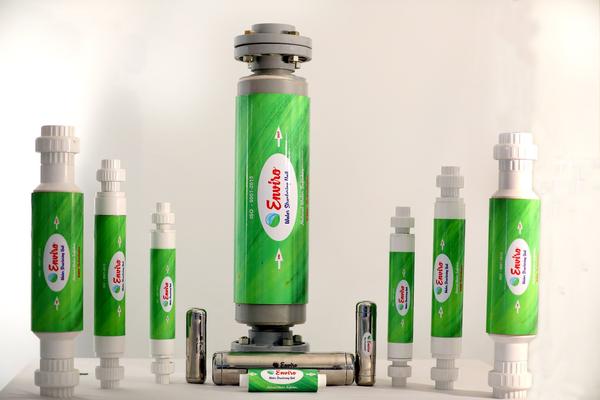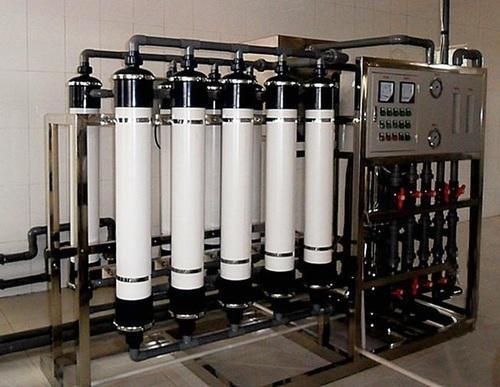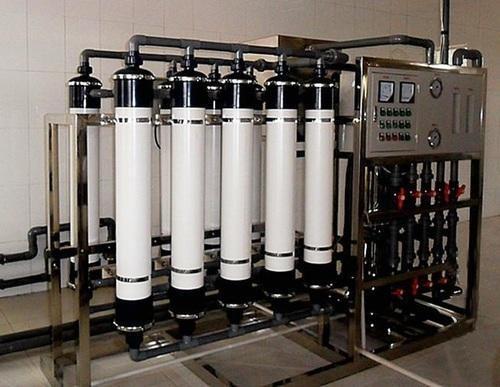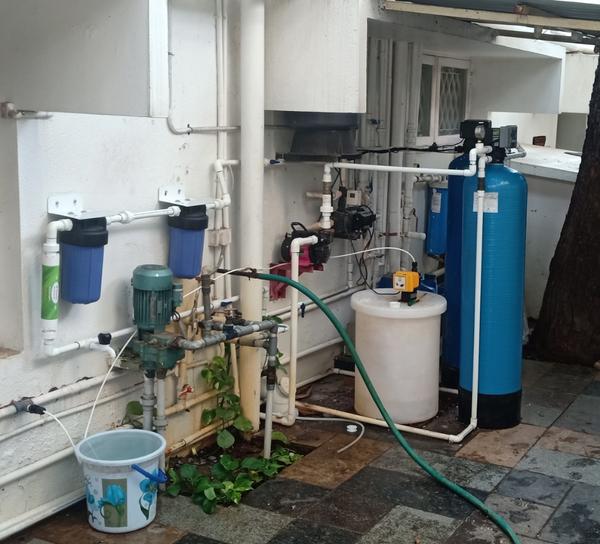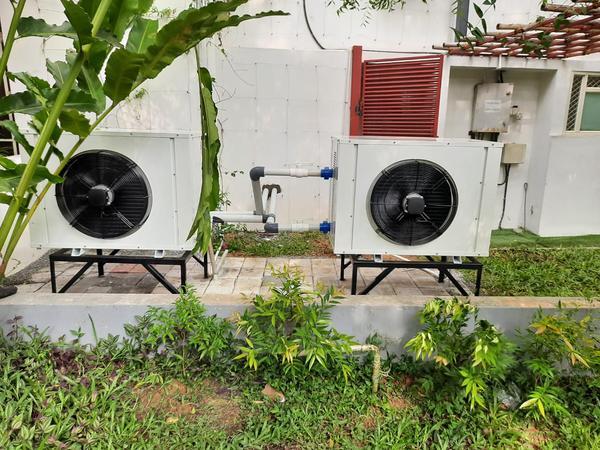Enviro structured water units are fully automatic water conditioning devices that have no moving parts & require minimum maintenance. These units reduce the scaling properties of water and reduce salt deposits in pipelines and plumbing systems. These devices do not need filters or replacement parts. They have numerous benefits when used in a residence, apartments & individual flats. A Natural Solution to Tough Water Scaling Getting rid of water scaling is a challenge. The dissolved calcium and magnesium in the hard water add additional efforts to household cleaning. Enviro structured water units are natural water conditioners that help in preventing water scaling from happening in the first place. Passing hard water through these devices reduces its scale forming properties and prevents spots on dishes, glasses, and surfaces.
Send Message